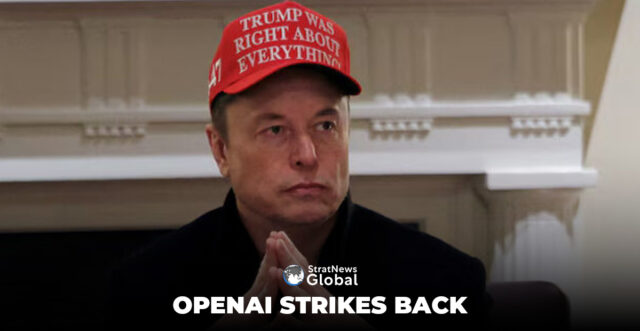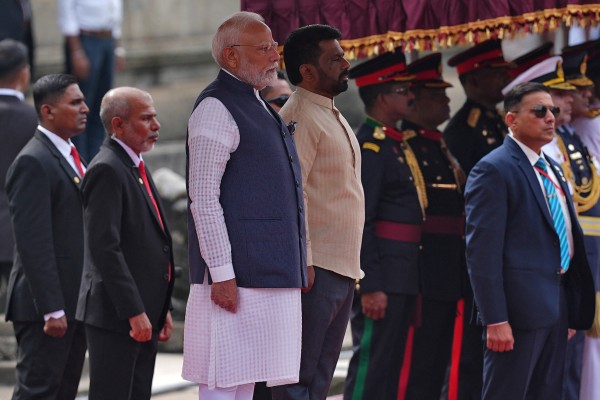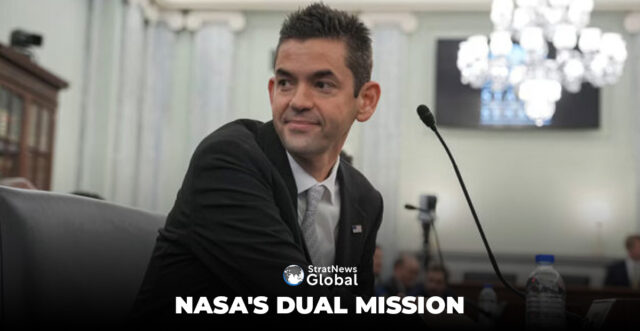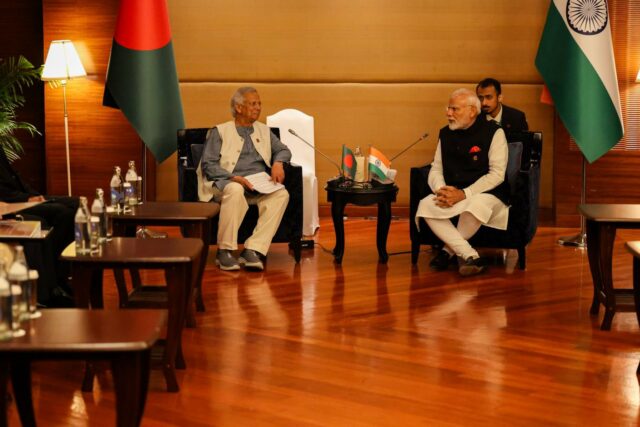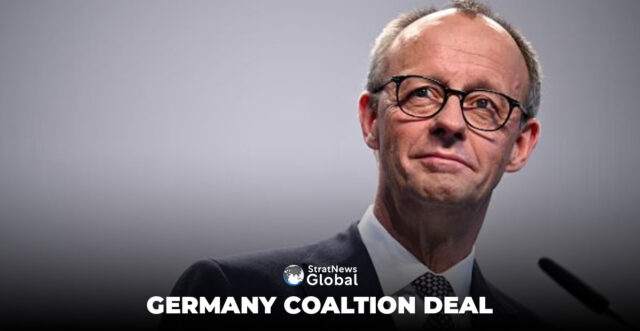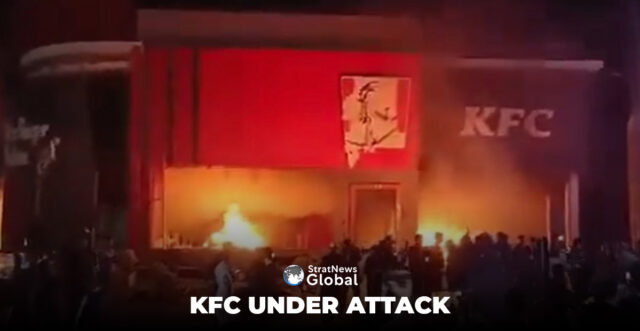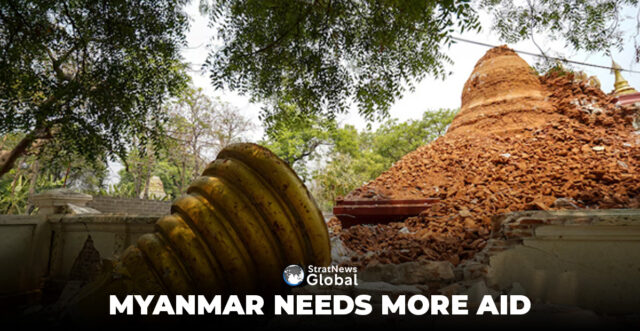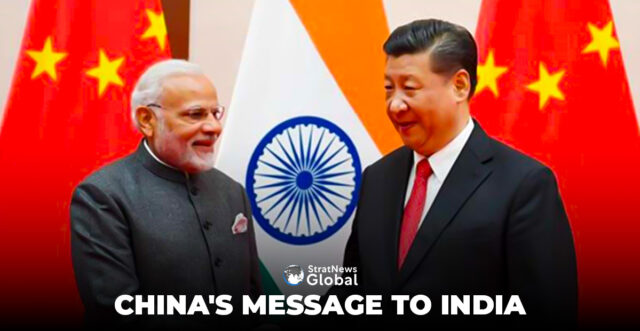OpenAI Countersues, Accuses Elon Musk Of Harassment
OpenAI filed a countersuit against Elon Musk on Wednesday, accusing him of a pattern of harassment and requesting a federal judge to block any further “unlawful and unfair” actions by Musk. The legal move comes amid an ongoing court battle over the future structure of the company that played a key role in launching the AI revolution.
Musk and OpenAI CEO Sam Altman cofounded OpenAI in 2015, but Musk left before the company became a technology star.
Recently Musk, who went on to create his own AI firm, xAI, in 2023, has tried to prevent the ChatGPT maker from transitioning to a for-profit model, culminating in the current court case. In order for OpenAI to secure the entire $40 billion of its current fundraising round, the company must complete its transition by the end of the year.
Hold Musk Responsible
“Through press attacks, malicious campaigns broadcast to Musk’s more than 200 million followers on the social media platform he controls, a pretextual demand for corporate records, harassing legal claims, and a sham bid for OpenAI’s assets, Musk has tried every tool available to harm OpenAI,” the company wrote in a filing in Musk’s existing lawsuit against OpenAI in U.S. District Court for the Northern District of California.
OpenAI asked the judge to stop Musk from any further attacks, as well as be “held responsible for the damage he has already caused.”
The two parties are set to begin a jury trial in spring next year.
‘Bad-Faith Tactics’
In response, Musk’s legal team referred to a $97.4 billion unsolicited takeover bid earlier this year from a Musk-led consortium, which OpenAI rejected. “Had OpenAI’s Board genuinely considered the bid as they were obligated to do, they would have seen how serious it was. It’s telling that having to pay fair market value for OpenAI’s assets allegedly ‘interferes’ with their business plans,” Musk’s lawyer Marc Toberoff said in a statement provided to Reuters.
In a post on X, the social media platform which Musk owns, OpenAI said: “Elon’s nonstop actions against us are just bad-faith tactics to slow down OpenAI and seize control of the leading AI innovations for his personal benefit.”
Musk’s xAI last month acquired X in a deal that values the social media company at $33 billion and allows the value of his artificial intelligence firm to be shared with co-investors in X.
Is Musk Killing Competition?
Last year, Musk, who is also the CEO of electric carmaker Tesla, sued OpenAI and Altman, accusing OpenAI of straying from its founding mission – to develop AI for the good of humanity, not corporate profit. Musk did not respond to a request for comment on the OpenAI filing.
OpenAI and Altman have denied the allegations, while Altman alleges that Musk has been trying to slow down a competitor.
At stake in the lawsuit is the ChatGPT maker’s transition to a for-profit model, which the startup says is crucial to raising more capital and competing well in the expensive AI race.
(With inputs from Reuters)


